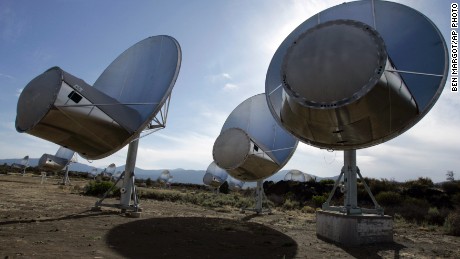Probability of alien communication signals - Cornell freshman Evan Solomonides has written a fascinating paper explaining rationally (mathematically) why, despite the statistical likelihood that alien intelligence exists, it is highly unlikely that we would yet have received contact, and that the lack of such communication only becomes mildly unlikely (50% confidence) even after 1500 years.
It's an excellent example of a mathematical argument to a non-mathematical question.
A part of the argument:
In the past 80 years, "the [electromagnetic] noise we make as a society" has reached out 80 light years to reach only 2,326 confirmed exoplanets, and just 1/8 of one percent of our Milky Way. To put it into perspective, it would take 1,500 more years before our broadcasts have reached 50% of the Milky Way. (The time for the return communication is baked in, as it is not assumed that extra-terrestrial intelligence is exactly at the end of this distance, but could be anywhere in between.)
But there's more, covering interesting facts about the first broadcast to reach space (unfortunately Hilter's 1936 address), the first signal powerful enough to last close to 10,000 years (1974), why random electro-magnetic signals are not naturally occurring so that detecting them would be of sufficient curiosity despite not being able to decipher them, how SETI is sending mathematically oriented broadcasts as opposed to information encoded images speech or video.
The PDF paper, written to be comprehensible to anyone with a high school level of understanding, is available for download on ArXiv:
https://arxiv.org/pdf/1604.07687
Cornell's press release is here:
http://mediarelations.cornell.edu/2016/06/14/possibility-of-alien-contact-could-be-1500-years-away/
CNN's coverage of the story is here:
http://edition.cnn.com/2016/06/16/health/alien-contact-1500-trnd/
Alien contact is possible - in about 1,500 years
